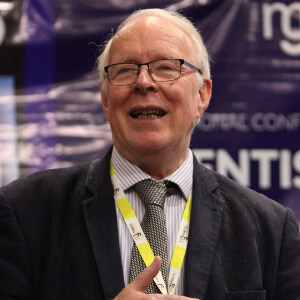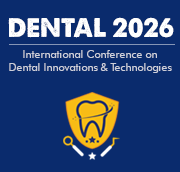Dental Ceramics Restoration
Dental ceramics have become increasingly popular as a restorative material of choice for replacing missing and damaged teeth. This is due to their aesthetically pleasing, durable, and biocompatible properties. A dental ceramic restoration is typically a combination of ceramic powder, usually a feldspar based material, and a liquid binder, such as a resin or glass former. The material is formed into a shape, fired in a kiln and polished to a high gloss finish. Ceramic restorations can be used to replace single or multiple teeth, as well as provide support to bridgework. In fact, due to their strength and translucent look, ceramic crowns are being used more and more for crowns to replace individual teeth or those in a bridge. Compared to metal crowns, which must be partially covered with porcelain or a similar material, ceramic crowns provide a more natural looking aesthetic. In addition, ceramic restorations are much more resistant to chipping than porcelain-fused to metal counterparts, making them a more durable solution for areas of high-precision biting and chewing. Ceramic restorations can also be used to treat severe discoloration, cavities, root canals, and even in implants. The benefit of ceramic restorations versus other materials is their ability to match the natural color of the surrounding teeth, which allows them to blend in more discreetly. In addition, their strength and durability make them suitable for long-term wear. Finally, it is important to note that since ceramic restorations are non-metallic, they can be used to replace multiple adjacent crowns without causing metal toxicity. Overall, dental ceramic restorations have many advantages and are an ideal choice for restoring damaged teeth. They are aesthetically pleasing, durable, biocompatible, and help to preserve the natural beauty of the smile. Furthermore, they are capable of providing long-lasting, safe, and effective solutions to various dental issues.

David Geoffrey Gillam
Queen Mary University of London, United Kingdom
Zvi Loewy
New York Medical College, United States
Khamis A Hassan
Global Dental Research Centre, Canada
Laurindo Moacir Sassi
Erasto Gaertner Hospital Cancer Center and Mackenzie Evangelical University Hospital, Brazil
Arnaldo Castellucci
Dr. Castellucci MD, DDS, Italy
Yasser Khaled
Marquette University, United States



Title : Efficacy of a biomin F toothpaste compared to conventional toothpastes in remineralisation and dentine hypersensitivity: An overview
David Geoffrey Gillam, Queen Mary University of London, United Kingdom
Title : Knowledge and attitudes of dental professionals in the evaluation of Molar Incisor Hypomineralisation (MIH): Awareness, diagnosis and treatment approaches: An overview
David Geoffrey Gillam, Queen Mary University of London, United Kingdom
Title : The coordinated triad of spatial temporal and biomechanical strategies managing the where when and how of shrinkage stress in bulk fill resin composite restorations
Khamis A Hassan, Global Dental Research Centre, Canada
Title : Dental treatment of 1500 young children under general anesthesia
Jaap Boehmer, Rijnstate Hospital, Netherlands
Title : Enhancing root canal success strategic use of orifice opener one step synthesis gels orifice barriers
Emmanuel Samson, Consultant Total Dental Care, India
Title : Dealing with peri implantitis: An insight to various treatment regimens
Preetinder Singh, Academy of Oral Surgery, United States